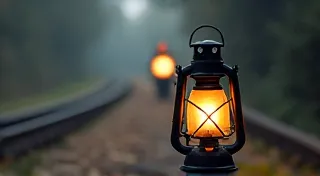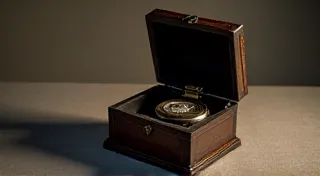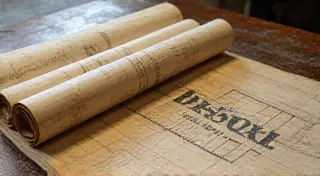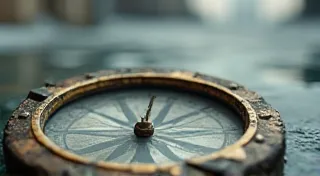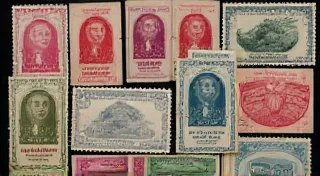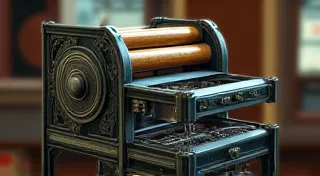Paper Constellations: Tracing Family Histories Through Postcard Connections
There's a quiet magic held within a vintage postcard. More than just a souvenir or a brief message, these small rectangles of paper are time capsules, whispering tales of bygone eras and offering glimpses into the lives of people long gone. As postcard collectors, we often appreciate their artistic merit, their historical significance, and their unique charm. But what if I told you that your postcard collecting hobby could also be a powerful tool for genealogical discovery – a way to connect with family history in a profoundly personal way?
My own journey into postcard collecting began with a dusty box unearthed in my grandmother’s attic. Amongst faded photographs and yellowed letters, a handful of postcards caught my eye. They were addressed to her, sent from places I’d only read about – Blackpool, Brighton, Scarborough – all vibrant seaside resorts in the early 20th century. The messages were brief, often just a few lines penned in elegant script, but they spoke of sunshine, laughter, and a life lived with a palpable sense of optimism. It was a revelation. My grandmother, whom I’d always known as a quiet, reserved woman, had once been a spirited young woman, eager to explore and share her experiences.
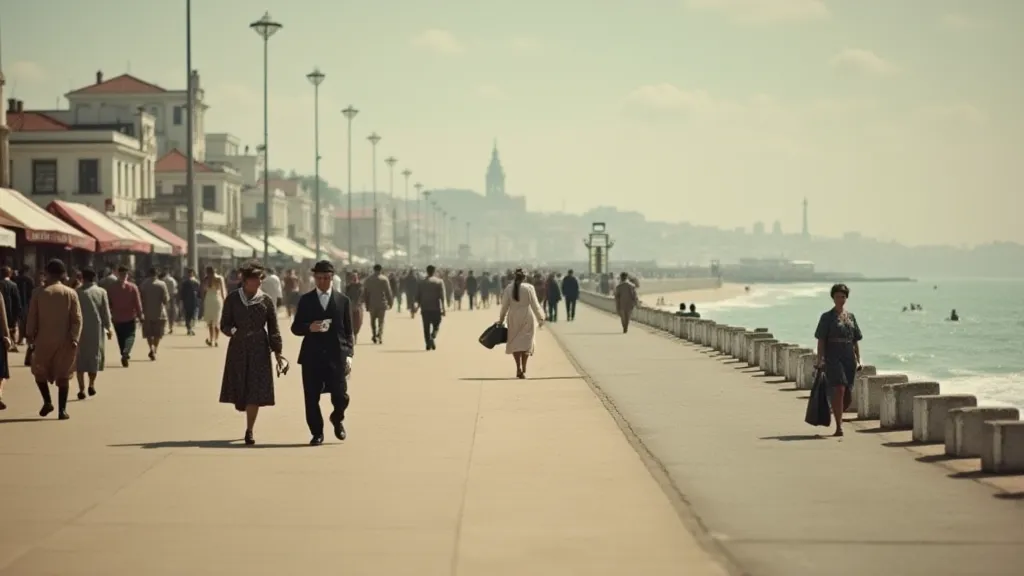
The Humble Postcard: A Brief History
To understand the power of postcards in connecting us to the past, it’s helpful to understand their history. The advent of inexpensive postage in the late 19th century sparked a boom in postcard production. The first postcards, introduced in Austria in 1865, were essentially private correspondence cards, but the introduction of the divided back – one side for the address and a brief message, the other for the picture – revolutionized the format. Suddenly, anyone could easily send a visual message to friends and family, fostering a culture of correspondence that was largely lost with the rise of email and social media.
The “Golden Age of Postcards,” roughly from 1890 to 1914, saw an explosion of creativity in postcard design. Publishers competed to produce the most visually appealing cards, employing talented artists and photographers to capture the beauty of landscapes, cityscapes, and portraits. These cards weren't just about sending a quick greeting; they were a form of visual communication, a way to share experiences and connect with loved ones across distances. Many were mass-produced, but the artistry embedded within them is undeniable – the lithography, the attention to detail, the sheer optimism radiating from the scenes depicted.
Postcards as Genealogical Clues
So, how do these seemingly insignificant pieces of paper become gateways to family history? The clues can be surprisingly varied. Addresses, of course, are the most obvious starting point. A change of address on a postcard can indicate a move, a new job, or even a significant life event like a marriage. Names – both the sender and the recipient – can be meticulously cross-referenced with census records, birth certificates, and other genealogical resources. Even the postmark can be revealing, pinpointing the exact date the card was sent and providing a snapshot of the sender's location at a specific moment in time.
Beyond the factual details, postcards can also offer profound insights into the lives and personalities of your ancestors. Consider the destinations chosen. Did they consistently visit certain places? Were those locations significant to their lives? The messages themselves, however brief, can offer glimpses into their thoughts and feelings. A simple “Having a lovely time!” or “Wish you were here!” can speak volumes about their character and their relationships. The choice of imagery - a stately building, a vibrant natural scene, or a humorous depiction of daily life – can reveal their interests and their sense of humor.
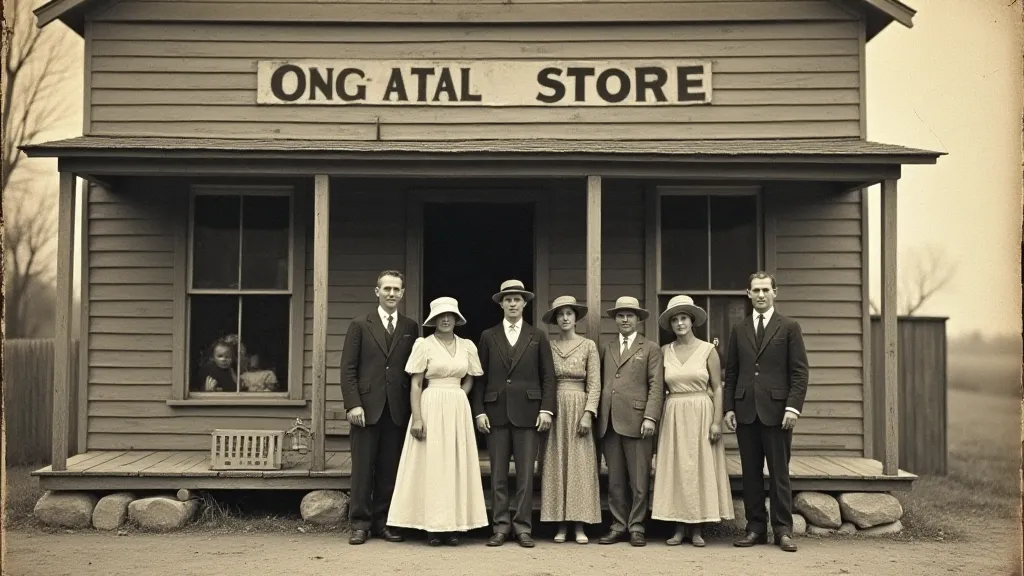
Craftsmanship and the Beauty of Age
The beauty of collecting vintage postcards isn’t solely about the genealogical clues they provide; it’s also about appreciating the craftsmanship and artistry that went into their creation. The lithographic techniques employed in the Golden Age produced incredibly detailed and vibrant images, even with the limitations of the technology. The fonts used for the addresses and messages often reflect the styles prevalent at the time, adding another layer of historical context. And of course, there’s the patina of age – the slight fading of colors, the worn edges, the faint creases – all testaments to the card’s journey through time.
While many collectors prefer to leave their postcards in their original, untouched condition, gentle restoration techniques can sometimes be employed to preserve them. Removing surface dirt and grime with specialized cleaning solutions can often reveal the original vibrancy of the image. However, it’s crucial to proceed with caution and to avoid any harsh chemicals or techniques that could damage the card’s integrity. The goal is to preserve, not to alter, the historical record.
Building Your Collection and Sharing Stories
Whether you’re a seasoned collector or a curious beginner, postcard collecting offers a unique and rewarding experience. Start small, focus on a specific theme or geographic area, and don’t be afraid to ask questions and connect with other collectors. Online forums and local postcard clubs are excellent resources for learning more about the hobby and finding rare and valuable cards.
But more importantly, remember to share the stories behind your postcards. Research the people who sent and received them. Trace their lives and their journeys. Connect with other family members who might have information about their stories. By sharing these narratives, you’re not just preserving a piece of history; you’re breathing new life into it and forging connections that transcend generations.
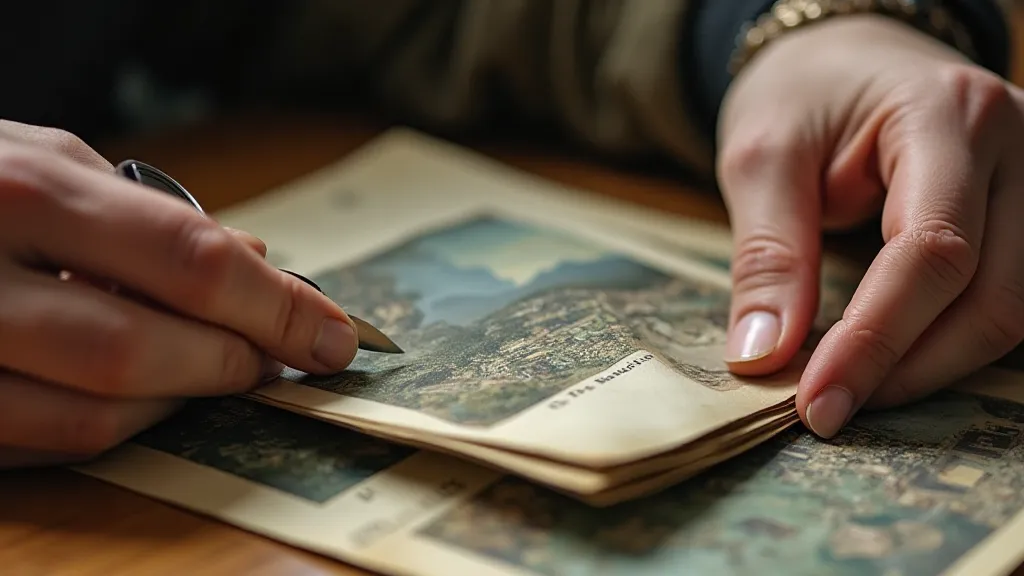
My grandmother’s postcards, those small rectangles of paper, gave me a glimpse into a world I never knew existed. They connected me to my family history in a way that no photograph or document ever could. They transformed my postcard collecting from a mere hobby into a deeply personal journey of discovery, a way to trace the constellations of my family’s past and to celebrate the lives of those who came before me. And that, I believe, is the true magic of collecting vintage postcards – the power to connect with the past and to illuminate the stories that shape who we are.
